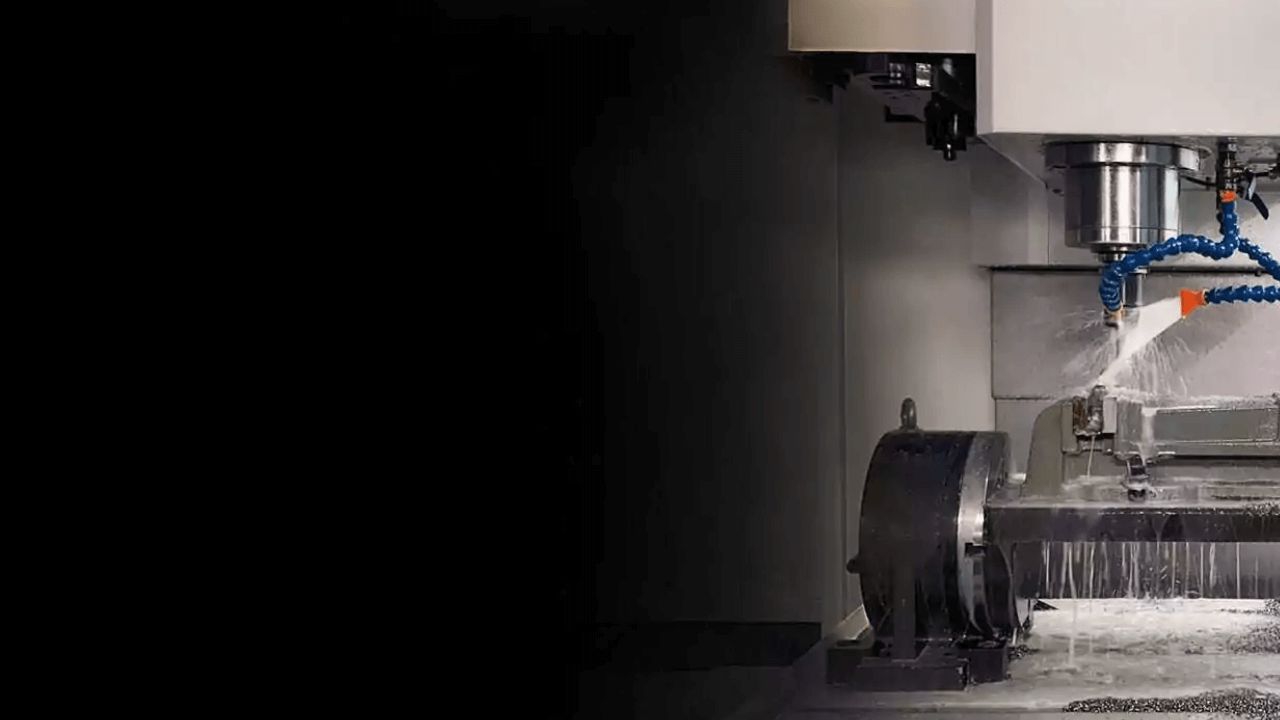Due to their ability to combine cutting-edge design with green performance, electric motorcycles have distinguished themselves as a standout example of innovation in the fast-evolving field of sustainable mobility. These two-wheeled marvels are not powered by the familiar hum of an internal combustion engine like their traditional counterparts, but rather by a brilliant synergy of high-tech components.
Additionally, contemporary electric motorcycles include user interfaces with cutting-edge technologies that provide real-time information on battery status, range, and performance parameters. With the use of cutting-edge forging technology, several electric motorcycle parts are forged on CNIX. Connectivity options enable extra functionality like remote monitoring and navigation by connecting the motorcycle to smartphone apps.
How Do Electric Motorbikes Operate?
Utilizing an electric motor that is driven by rechargeable batteries, most often lithium-ion, electric motorcycles function. Electric bikes transform electrical energy stored in the battery into mechanical energy to drive the wheels, unlike conventional motorcycles that rely on fuel. The motor controller, which controls the flow of electrical current from the battery to the motor, receives a signal when the rider engages the throttle.
The motorcycle is then propelled forward by the electric motor, which transforms the electrical energy into rotational motion. Regenerative braking systems are found on many electric motorcycles. These systems capture and transform some of the kinetic energy during deceleration back into electrical energy, which is then supplied back into the battery to increase efficiency.
Maintenance Is Necessary for Electric Motorcycles
Compared to conventional gasoline-powered motorcycles, electric motorcycles often require less maintenance. They do require some maintenance, though. The many components of electric motorcycle maintenance are broken down in the following manner:
Battery Maintenance & Tire Maintenance:
Follow the manufacturer’s guidelines while charging the battery regularly. Lithium-ion batteries, which power the majority of electric motorcycles, benefit from routine charging because it prolong their life. If the motorcycle will be kept for a long time, take the required precautions to protect the battery. This can entail preserving a particular charge state. As you would with any motorcycle, check and maintain tire pressure regularly. A properly inflated tire guarantees longevity, performance, and safety.
Brake System:
Regenerative braking systems, which are frequently used by electric motorcycles, can lessen wear on conventional brake parts. The brake system still needs to be periodically examined for wear and efficiency, though. Combination braking systems or ABS may be included on electric motorcycles; these should be inspected and maintained following the manufacturer’s instructions.
Drive System:
Many electric motorcycles use a direct-drive or belt-drive system, unlike conventional motorcycles that use chains or belts. Generally speaking, these systems require less upkeep than conventional chains. However, regular inspections for wear and appropriate tension are still required.
Cooling System & Firmware Updates
A cooling system may be present on some high-performance electric motorcycles to regulate temperature. Check and maintain the cooling system’s parts following the manufacturer’s recommendations. Onboard computers and software are common in electric motorcycles, and they may need to be updated. Updating the software or firmware can boost performance, increase effectiveness, and fix potential problems.
Suspension System & Electronics
To ensure peak performance and the comfort of the rider, the suspension system, including the forks and shocks, should be regularly inspected and maintained. Inspect the wiring, connectors, and electrical parts for any signs of wear or damage. Make sure all connections are encrypted.
Periodic Inspections & Environmental Considerations:
Plan routine examinations or inspections as the manufacturer advises. These inspections can aid in identifying possible flaws before they develop into significant difficulties. Avoiding extreme environmental conditions (such as extreme heat or cold) can help preserve the longevity of components because electric motorcycles’ electronics may be delicate.
Conclusion
The electric motorcycle is not only a novel idea; it is a crucial element of the changing transportation scene. The motorcycle industry is poised for a revolutionary journey towards a cleaner, more sustainable future as more riders jump on the electric wave. Electric motorbikes are positioned to become the new standard, altering how we ride and experience the open road, thanks to technological advancements, encouraging regulations, and a change in thinking.

